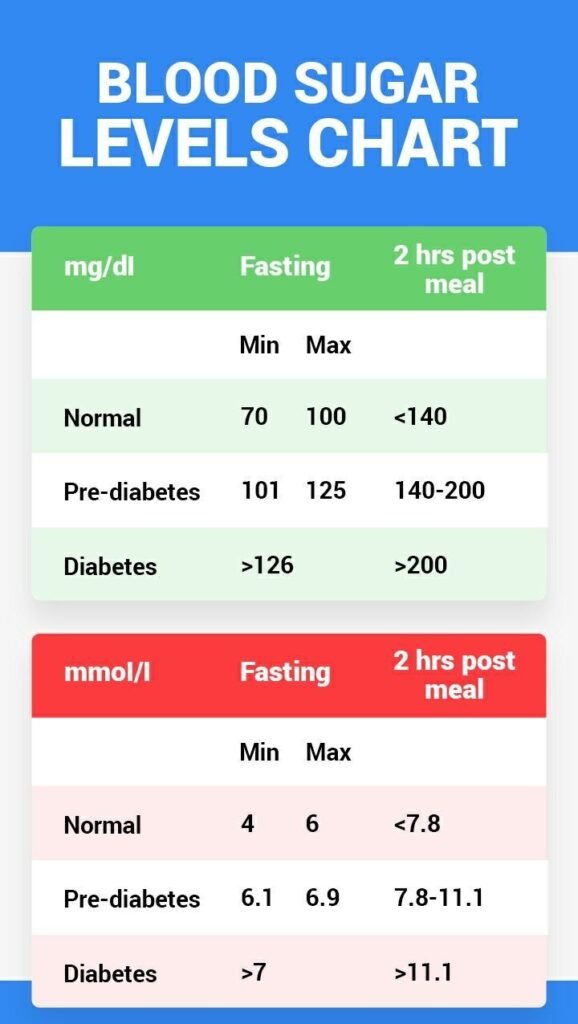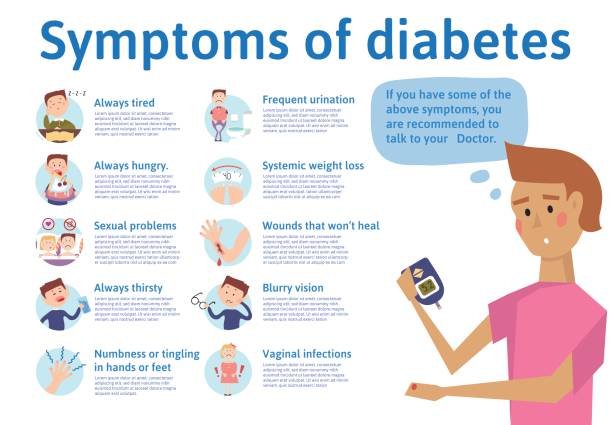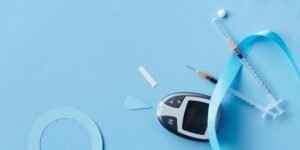
What is Prediabetes Defined? Are There Any Signs Of Symptoms? Will it Be Okay? Improve Treatment Analysis
What is prediabetes defined?
Prediabetes refers to blood sugar that is higher than normal but does not meet the diagnostic criteria for Type 2 diabetes. At this stage, patients still have the opportunity to normalize blood sugar and prevent or delay diabetes through changes in diet, appropriate exercise, or medication.
Prediabetes can be divided into two types based on different detection methods: high fasting glucose (IFG) and impaired glucose tolerance (IGT).
IFG means that fasting blood glucose exceeds the standard value but does not meet the diagnostic criteria for diabetes. IFG is usually related to insulin resistance. If IFG is abnormal, it is recommended to further perform an oral glucose tolerance test (OGTT), which is also called a glucose tolerance test. The tester takes glucose orally. After it is absorbed by the intestine, the blood sugar rises and stimulates insulin (Insulin). After about 30 to 60 minutes of secretion, observe the peak value of blood glucose concentration. If the measured result is abnormal, it is IGT.
In addition, glycated hemoglobin (HbA1C) is also one of the indicators. When glucose enters the blood, it will combine with hemoglobin to form glycated hemoglobin. Measuring glycated hemoglobin can reflect the blood sugar status in the past 2 to 3 months.
Standard blood sugar levels before and after meals for prediabetes

What are the symptoms of prediabetes?
It may be difficult to detect specific symptoms of prediabetes, but when prediabetes begins to gradually worsen and is about to turn into type 2 diabetes, the following symptoms may appear:
- Thirsty
- Frequent urination
- Excessive hunger
- Fatigue
- Blurred vision
If you find yourself experiencing any of these conditions, please consult your physician and schedule a blood test as soon as possible. Basically, you can consult and see the department of metabolism or endocrinology. If there is no relevant outpatient department, you can also go to the internal medicine or family medicine department first.

Can prediabetes be cured? Improve treatment at once
After you are diagnosed with prediabetes, don’t be discouraged. As long as you start adjusting your lifestyle, develop healthy eating habits, exercise more and manage your weight, you still have a chance to reverse it, prevent the occurrence of type 2 diabetes, and lower and stabilize blood sugar. Studies have pointed out that if living habits are not improved in time, on average 1 out of every 7 pre-diabetic patients will develop diabetes within a year. The NHS also reminds you that regardless of whether your blood sugar is normal or not, you need to strengthen your own health behavior management.
In terms of diet, eat less red meat and processed meat, and drink less sugary drinks. Choose more vegetables, soybeans, white meat, nuts, whole grains, etc., and consume an appropriate amount of fruit. In addition, exercise more and control blood pressure and cholesterol.
The American Diabetes Association points out that the chance of developing type 2 diabetes can be reduced by 58% through the following two methods:
- 7% weight loss
- 30 minutes of moderate exercise (such as brisk walking) a day, 5 days a week
If you want to know whether you have diabetes, it is recommended that if you are over 40 years old and under 65 years old, you can receive a free health check-up every three years. Persons aged 65 and above can have one free health checkup every year. If you have prediabetes, you should be tested for type 2 diabetes every 1 to 2 years.
The easiest way to detect diabetes
Determining whether you have prediabetes or type 2 diabetes is very simple. You only need to test your blood. There are three methods. The following are the blood sugar testing standards for prediabetes from the American Diabetes Association (ADA). If the blood sugar value is within the following range, it is considered prediabetes:
- Glycated hemoglobin (also known as glycated hemoglobin, Hemoglobin A1C, referred to as HbA1c, A1C) is between 5.7-6.4%
- Fasting blood glucose 100~125 mg/dl or 5.6-6.9 mmol/L
- OGTT 2-hour blood glucose ranges from 140 to 199mg/dl or 7.8-11.1 mmol/L
What causes prediabetes?
The exact cause of prediabetes has not yet been determined, but family history and genetics are thought to be the main causes, along with obesity, lack of exercise and excess belly fat.
Normally, insulin secreted by the pancreas can supply glucose to cells for use as the body’s energy source and lower blood sugar levels. When blood sugar levels begin to drop, the body automatically reduces insulin secretion. But when a person is in the pre-diabetic stage, the above process cannot proceed normally. The pancreas may not be able to produce enough insulin, or the cells may become resistant to insulin (also known as insulin resistance), and glucose cannot be used smoothly by the cells. accumulation, causing high blood sugar.
Because there are no obvious symptoms of prediabetes, some people may not know they have prediabetes until they have it for several years, or even develop type 2 diabetes by the time they are discovered. Therefore, you should pay more attention before developing type 2 diabetes or other health problems, and seek professional medical consultation for blood glucose testing.
Risk factors for prediabetes include:
- too heavy
- Aged 45 or older
- Parents, siblings have type 2 diabetes
- Exercise less than 3 times a week
- Suffering from gestational diabetes or having a baby weighing more than 4,000 grams at birth
- Suffering from polycystic ovary syndrome (PCOS)












